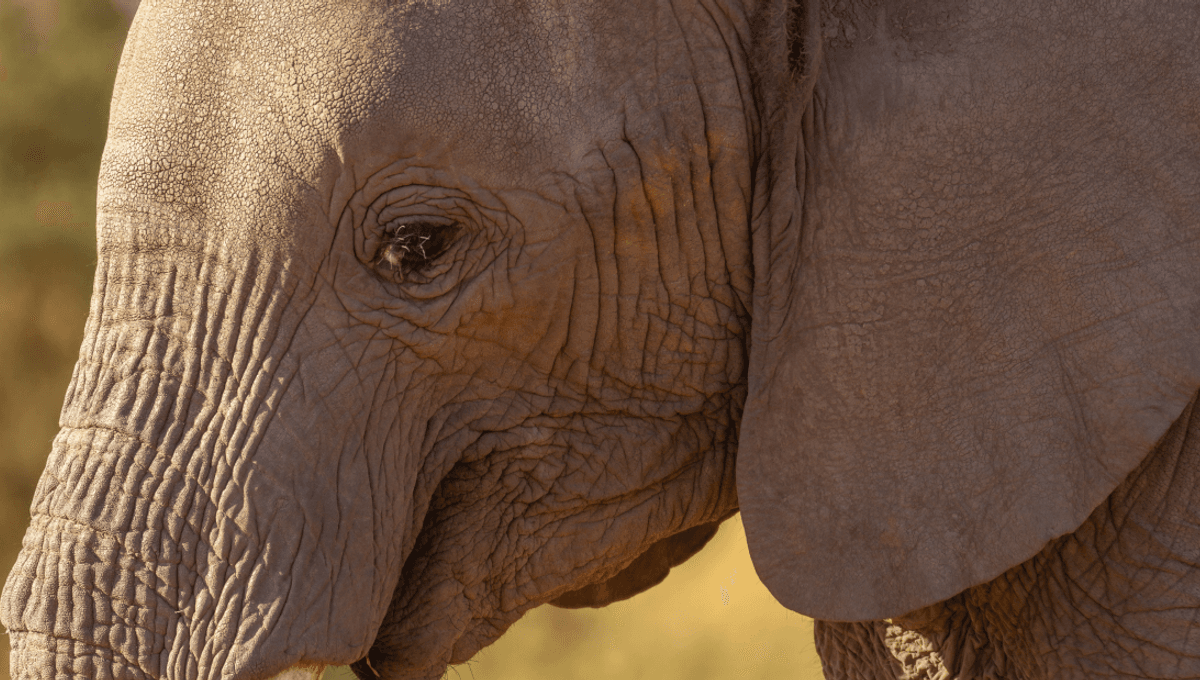
Elephants’ private way of communicating is one of their worst-kept secrets, known to science even if we humans can’t actually hear or understand what they’re saying. The remarkable way of communicating can be as loud as a chainsaw and travel for miles – and yet to our ears, they’re not making any noise at all.
The magic trick is a phenomenon known as infrasound, which is effectively the opposite of ultrasonic noises. Both auditory talents play with frequency, capable of being too low or too high for our ears to detect, respectively.
Bats go ultrasonic (and occasionally make death metal growls), meanwhile elephants use their giant organs for infrasound, enabling them to communicate through vast stretches of forest. The mystery was unraveled in 2012 when a paper explored how exactly elephants were making these sounds, and found it similar to how we produce human speech or singing.
“These low-frequency sounds, termed ‘infrasounds,’ can travel several kilometers, and provide elephants with a ‘private’ communication channel that plays an important role in elephants’ complex social life,” explained the authors in a statement. “Their frequencies are as low as the lowest notes of a pipe organ.”
At this time, scientists had known about the sounds for years – but what wasn’t clear was how the elephants were going so low. To find out, the team removed the larynx from an elephant that had died of natural causes and blew a controlled stream of air through it under lab conditions. By manipulating the vocal folds, they were able to recreate the low-frequency vibrations that characterize infrasounds.
What that tells us is that when elephants are communicating using low-frequency infrasound, they’re effectively achieving it by singing, but their immense larynx means they can reach notes humans can only dream of – both because we can’t create them, or hear them. This disproved an alternative theory that suggested the action behind the low-frequency sounds was a kind of purring. Fun as it would’ve been to think of elephants as giant, leathery cats, that just wasn’t the case (there are cats that sound like ducks, though).
The discovery of the mechanism behind elephants’ secret language demonstrates that although we’re excluded from eavesdropping, we share a connection with elephants in the mechanism through which we create sound. In fact, this trait expands across a broad spectrum of animals, from squeaky bats and their ultrasonic calls, all the way down to elephants’ inaudible infrasounds. Next stop? Whales, who go even lower than elephants.
We know an awful lot about animal communication, but we can’t yet speak to them. At least, not yet, but artificial intelligence could soon change that.
Source Link: Elephants Have A Private Way Of Communicating That Humans Can't Hear